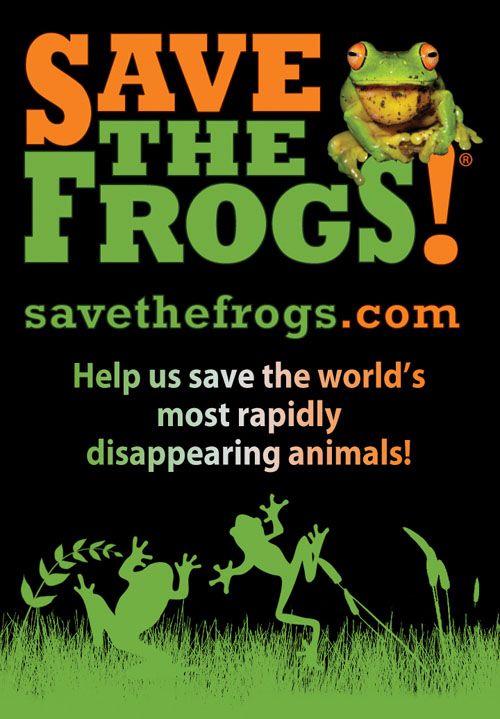Protecting the Prince
Here’s some simple advice: Always be yourself. Never take yourself too seriously. And beware of advice from experts, pigs and members of Parliament. -Kermit the Frog
I missed National Frog Month (APRIL, by the by), but no worries. It doesn’t diminish my excitement (squeal!) when I see these lovelies, and I still spend a ridiculous amount of time snapping them. Like this little guy, who was posing next to his bronzed brethren in a pond fountain….
[Click on photos to enlarge]
Frogs are amphibians, which comes from the Greek meaning “both lives.” Below are a few fun facts on these fascinating creatures, those that live in water and on land.
Frogs continue to be seen as an indicator species, providing scientists with valuable insight into how an ecosystem is functioning. Because they are both predators and prey, many animals are affected by them — giving further insight into the health of the ecosystem. There are over 6,000 species of frogs worldwide. Scientists continue to search for new ones…. Unfortunately, about 120 amphibian species, including frogs, toads and salamanders, have disappeared since 1980. Historically, one species of amphibian would disappear every 250 years. A powerful case for conserving and nurturing their (and our) environments. Our adorable little Southern green tree frogs took up residence in unused and abandoned birdhouses, and I happily accommodated them by adding more (and of course, never using pesticides) — anything to help their dwindling populations.
* ~ * Fun and Fascinating Frogs * ~ *
- Frogs have roamed the Earth for more than 200 million years — at least as long as the dinosaurs.
- They were the first land animals with vocal cords. Male frogs have vocal sacs — pouches of skin that fill with air. They resonate sounds like a megaphone, and some sounds can be heard from a mile away.
-

Ida Rentoul Outhwaite: “I Am Kexy, Friend to Fairies”; The Fairy – The Little Green Road to Fairyland, 1922
Toads are frogs. The word toad is usually used for frogs that have warty and dry skin, as well as shorter hind legs.
- The world’s largest frog is the goliath frog of West Africa, which can grow to 15 inches and weigh up to 7 pounds. Think of a newborn human baby….
- The smallest frogs are from Papua New Guinea, measuring in at only 9 mm in length.
- While the life spans of frogs in the wild are unknown, frogs in captivity have been known to live up to 30 years.
- A group of frogs is called an army.
- Most frogs have teeth, although usually only on their upper jaw. The teeth are used to hold prey in place until the frog can swallow it.
- Launched by their long legs, many frogs can leap more than 20 times their body length.
- Frogs blink as they swallow their prey, thereby pushing their eyeballs down on top of the mouth to help push food down their throats.
- A frog completely sheds its skin about once a week — at which point the frog usually eats it.
- The wood frog is the only frog found north of the Arctic Circle, surviving for weeks with 65% of its body frozen. It uses glucose in its blood as a type of antifreeze that concentrates in its vital organs, protecting them from damage.
- The Australian water-holding frog is a desert dweller that can wait up to seven years for rain. It burrows underground and surrounds itself in a cocoon made of its own shed skin.
- One gram of the toxin produced by the skin of the golden poison dart frog could kill 100,000 people.
- The female Surinam toad lays up to 100 eggs, which are then spread over her back. Her skin swells around the eggs, protecting them. After 12-20 weeks, fully formed young toads emerge by pushing out through the membrane covering the toad’s back.
- When Darwin’s frog tadpoles hatch, a male frog swallows them. He keeps the tiny amphibians in his vocal sac for about 60 days, while they grow — coughing them up when they grow as tiny, fully formed frogs.
- The glass frog has translucent skin, so you can see its internal organs, bones, and muscles — even its beating heart and digesting food.
- A frog in Indonesia has no lungs — it breathes entirely through its skin.
For more info:



















